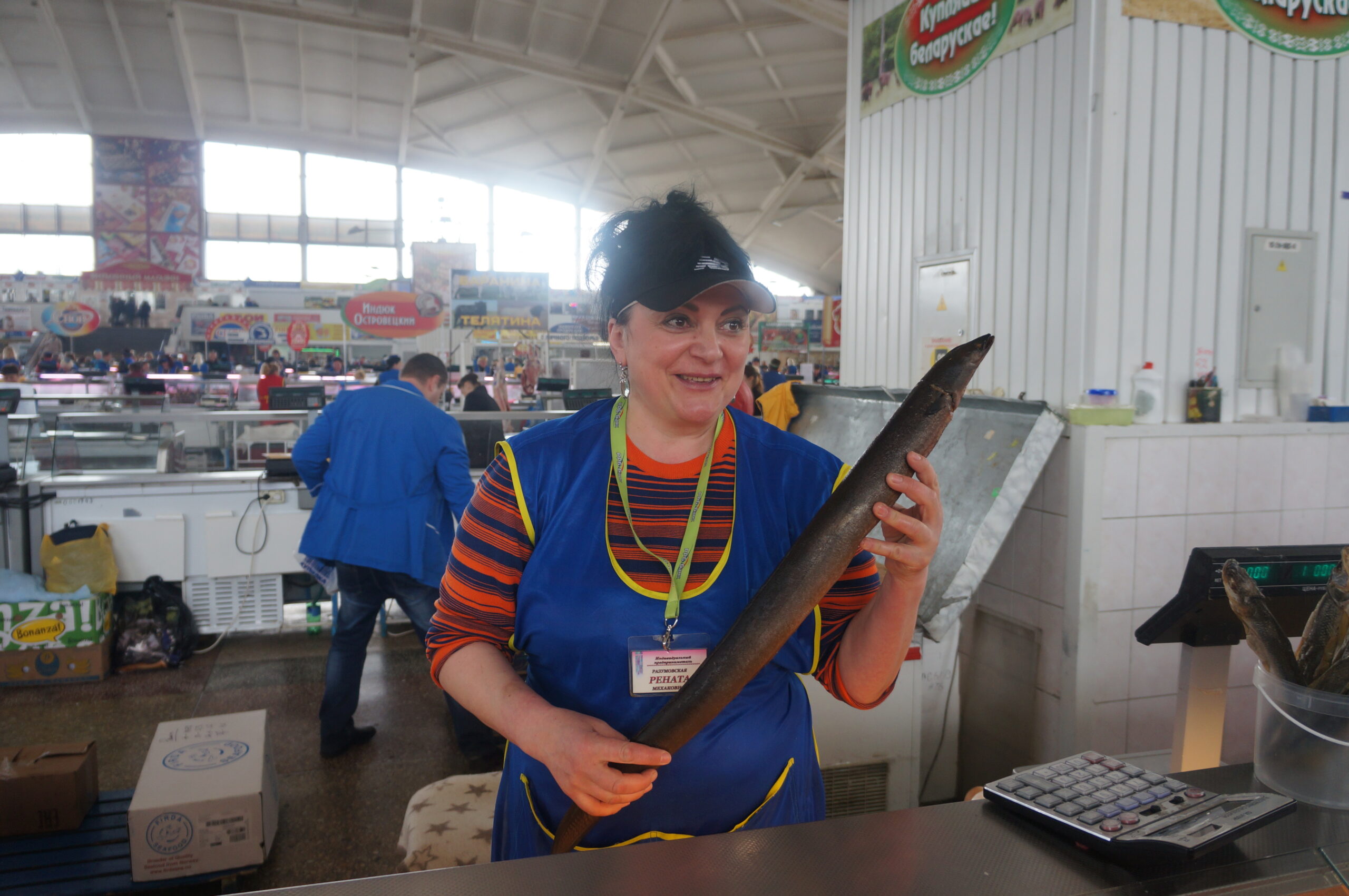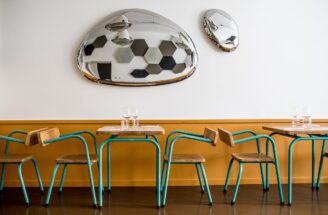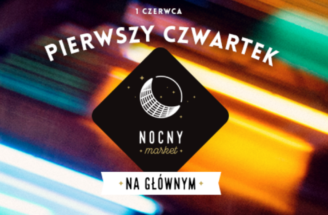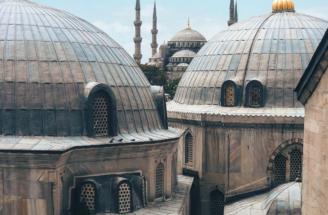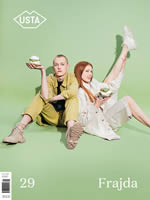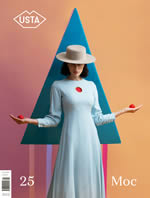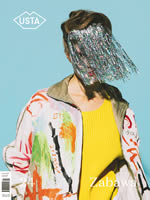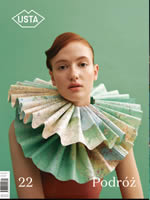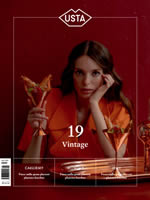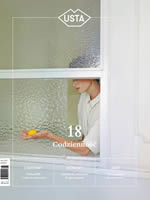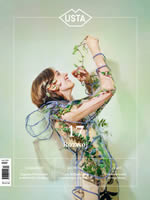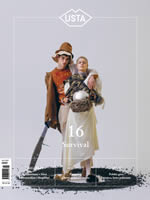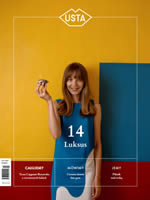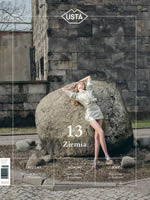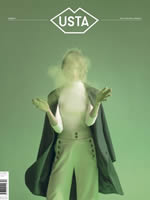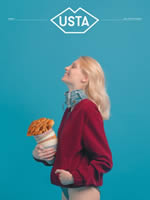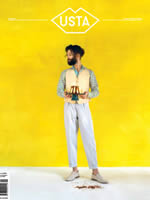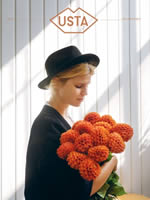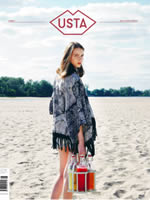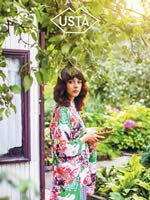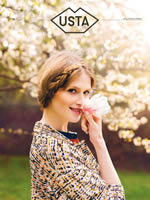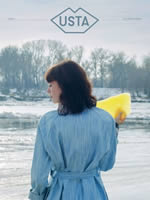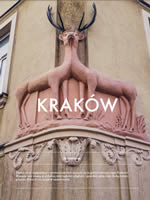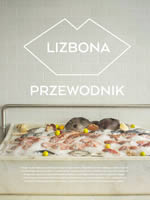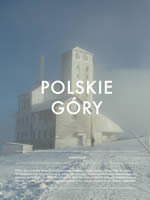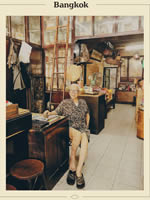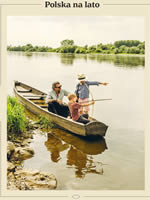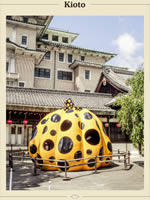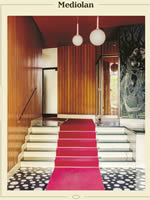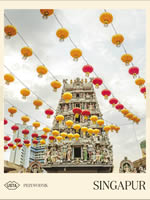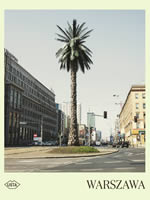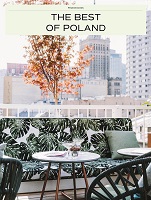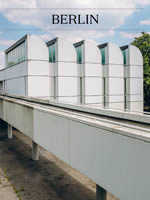Belarus is not a popular touristic destination these days. The current regime and the Russia-dependant political scene contribute to its notoriety, especially in Europe. However, despite the stereotypes, political associations and general aversion towards Belarus that many people hold, I do visit this part of the world. I do that because my family roots go back there but also for the exceptional atmosphere of the massive market halls. The post-soviet atmosphere is very picturesque. This is visible at first sight – this is the realm of 1950s embroidery, colourful signs and socialist realist reliefs, the realm that in Poland seems to belong to the distant past, but in Belarus is still striking, shining, well-preserved and well-functioning.
Komarovka was erected in 1979. The project of the pavilion was an authorial idea of the architectural collective of B. Aladov, A. Zeldakov, B. Krivoshey and M. Tkachuk. The name comes from Komarovka village, which was located in the same place at the time of the Radziwiłł family rule. The village was located in swampy lowlands full of swarms of mosquitos that inspired the name of the place (komar – mosquito). In 1925 the process of drying-up the swamps started and Komarovka was incorporated into Minsk.
But let’s focus on the food. The Belarusian cuisine does not differ fundamentally from other Slavic cuisines, nevertheless, it is at Komarovka that you can get to know better the food from Kazakhstan and Tajikistan, from the Russian fish farms and from the Belarusian suppliers. Komarovka – the biggest or the most massive (as only this word perfectly describes the capacity of the place) market in the heart of Minsk, initially leaves you speechless. But right after comes excitement, as sweet as the honey plasters sold here like plain chocolate bars.
You will find here virtually everything that constitutes the cuisine of the former Soviet Union countries. Marinated wild garlic springs (cheremsha), plush grape leaves (used for the Georgian version of stuffed grape leaves “dolma”, as one of the market grannies suggest), and even the aromatic barbaris – a spice straight from the Uzbekistan fields. Komarovka is also the kingdom of fish – live sturgeons and starry sturgeons are sold here every day, the caviar and whole array of other hard roe have their separate stands. And Komarovka is never in short supply when it comes to meat. Mutton from Kazakhstan (perfect for the traditional “plov” – made of stewed mutton and rice – another excellent dish from Uzbekistan), wild rabbits, beef tails, and 1-meter-long blood sausages – one might enumerate them infinitely.
What is more, the atmosphere of an authentic food market reigns at Komarovka. You don’t have to be afraid to ask about a recipe or a piece of advice the friendly grandmas (who do not like to be called sellers), giving instructions from behind the counters. Finally, Komarovka is a meeting place – without rushing you can taste food and talk with the Turkmens who sell the herbs. But still, it is better to come in the morning as in the afternoon they might be already running out of lavash – the delicious Caucasian bread!
text and photos: Edward Kanarecki
Share this entry on Facebook or copy link